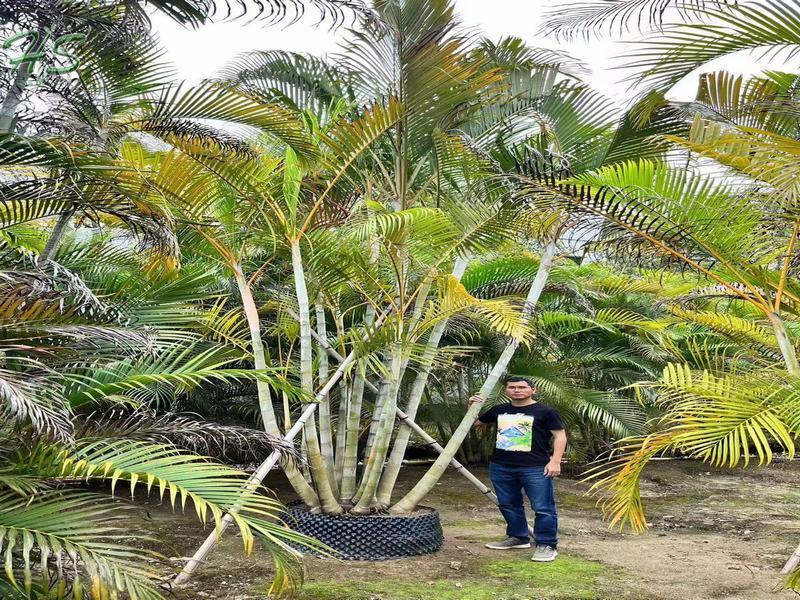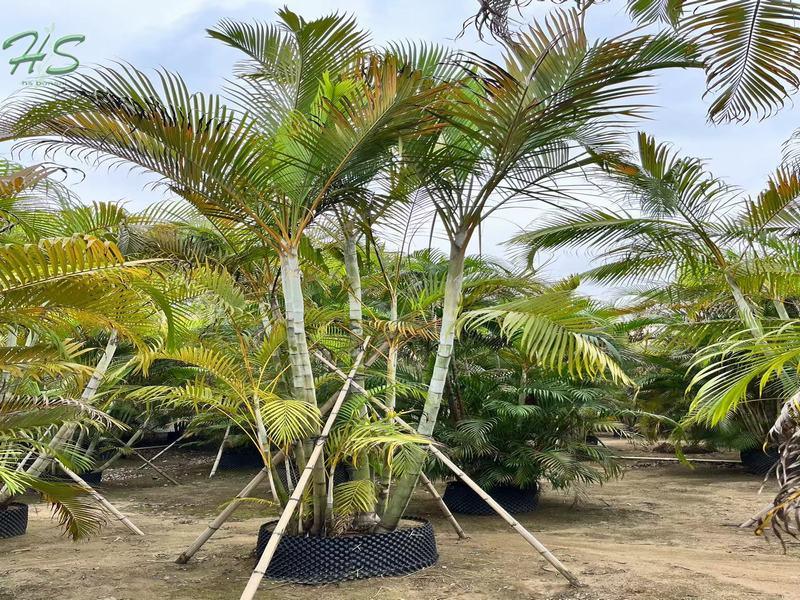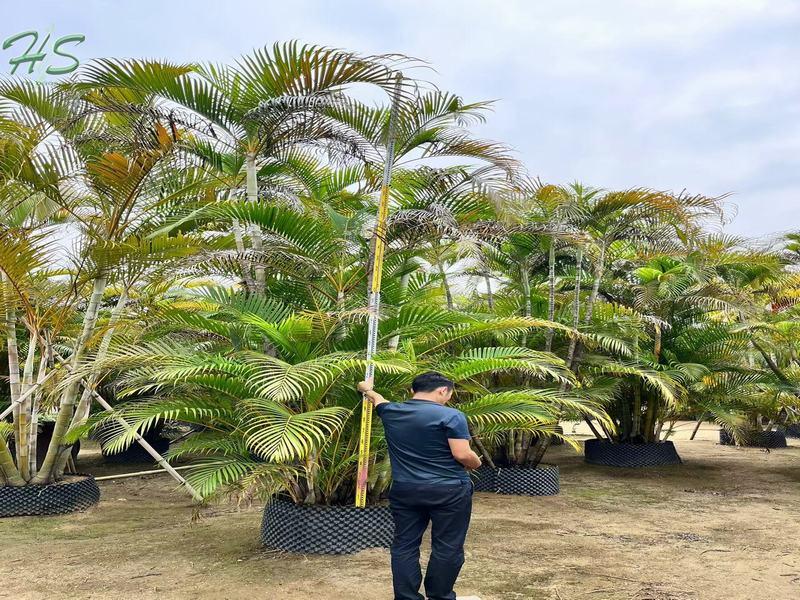Item NO.:
HSDLPayment:
T/TProduct Origin:
ChinaColor:
greenShipping Port:
xiamen port
The care of dypsis lutescens is crucial for their healthy growth and beauty. The following are the most important details for maintaining them correctly:
Watering: Dypsis lutescens requires consistent moisture to maintain its lush foliage and avoid leaf drop. Water thoroughly until runoff is observed, and make sure to evenly water the entire plant, including the trunk and roots. Avoid overwatering, which can lead to root rot.
Feeding: At specific times in each season, following the actual instructions in the fertilizer manual.
Pruning: Dypsis lutescens grows quickly and can become untidy if not regularly pruned. Prune to maintain its desired shape and remove dead or damaged branches.
Repotting:As the plant grows, it may outgrow its container. Repot in a larger container with rich, well-draining soil when necessary, taking care not to damage the roots during the process.
Temperature Control: Dypsis lutescens is suitable for growing at temperatures ranging from 20 to 35 degrees Celsius. It has weak cold resistance and should be kept above 10 degrees Celsius in winter to avoid freezing damage.
Take care tips
Item name:
Various shapes of Dypsis lutescens Garden Landscaping
Common name:
Loose tailed sunflower Dypsis lutescens
Standard:
Dypsis lutescens big size
Temperature:
The best temperature for Dypsis lutescen growing is 20-35 ℃.
Water:
Dypsis lutescens need enough water is necessary. Soil should be always wet. In summer, leaves should be sprayed water as well.
Sunlight:
Dypsis lutescens like the full sunlight.
Fertilizer:
Liquid feed during active growth in late spring and summer.
higher frequency watering while feeder to avoid drug injury.
Packing:
Packed with cocopeat and then into container
Delivery time:
7-14 days after confirmed for stock quantity
Product Overview


